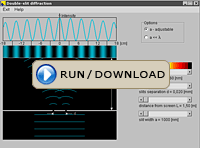16. Reflection and refraction of light
This program illustrates the direction of the incident, reflected, and refracted rays at a flat and smooth interface surface between two materials in terms of the angle of incidence and refractive indexes n1, n2.
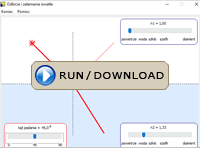
17. Lenses
The program illustrates graphic construction of images formed by converging and diverging lenses. Using proper control you can change position of lens and object. You can also change focal length.
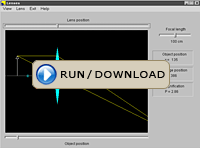
18. Light interference
Watch interference of two coherent light waves resulting from sending a wave through two very narrow slits (Young`s interference experiment). You can change a distance between slits, wavelength, and a distance from slits to screen.
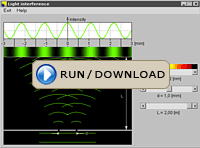
19. Single-slit diffraction
The program displays the diffraction pattern of plane waves of light that are diffracted by a single slit. You can change a width of a slit, wavelength, and a distance from slit to screen.
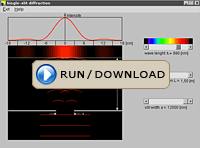
20. Double-slit diffraction
The program displays the diffraction pattern of plane waves of light that are diffracted by two slits. You can change a distance between slits, wavelength, a width of a slits, and a distance from slits to the screen.
